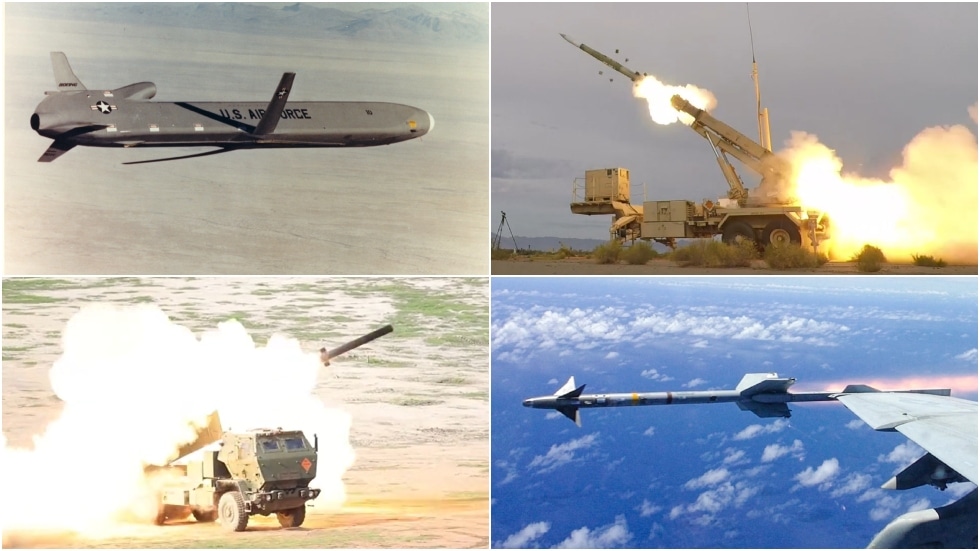The US government has authorized a flurry of arms sales to European allies in recent weeks, including more than $850 million in advanced missiles and rockets to Finland, which is currently seeking to join the NATO military alliance.
The US Defense Security Cooperation Agency (DSCA) outlined the latest sale to Finland on Monday, noting that the State Department has approved a deal for 40 AIM-9 Sidewinder missiles and related guidance units, as well as 48 AGM-154 Joint Standoff Weapons, for an estimated $323.3 million.
“This proposed sale will support the foreign policy and national security of the United States by improving the security of a trusted partner, which is an important force for political stability and economic progress in Europe,” the DSCA said, stressing that the deal would “not alter the basic military balance in the region.”
The Sidewinder is a versatile short-range air-to-air munition compatible with a variety of different launchers, first developed by the United States in 1956 and later adopted by dozens of American allies. The AGM-154 medium-range glide bomb is of much newer design, in service in the US since the late 1990s, and is capable of carrying various warheads. Both weapons are produced by Raytheon, and have been used by Finnish forces for several years.
The State Department gave the green light for an even larger arms transfer to Finland earlier this month, approving a $535 million sale for hundreds of Guided Multiple Launch Rocket Systems (GMLRS), which can be fired from two US-made multi-launch rocket platforms: the M270A1 MLRS and the M142 High Mobility Artillery Rocket System (HIMARS).
The latter weapon has made an appearance on the Ukrainian battlefield, as the Joe Biden administration has provided at least 38 HIMARS launchers to Kiev, one of the heaviest and longest-range weapons shipped to the country since Russia’s invasion kicked off last winter.
Despite reports that Washington and its NATO allies have severely depleted their weapons and ammunition stocks after countless arms transfers to Ukraine – with some officials suggesting it will take years to replenish certain systems – the State Department has approved several other large military sales to European partners this month.
As of November 8, Belgium is set to receive $380 million in AIM-120 air-to-air missiles and related gear, which the DSCA said would help to keep Brussels’ F-16 and F-35 fleets in “combat-ready status.”
Lithuania, meanwhile, is looking to procure eight HIMARS launchers and various munitions to the tune of $495 million, a deal that would require US personnel to visit the country twice each year for “program management reviews” and other support services. The State Department authorized that sale on November 9, though all of the above deals still must receive final approval by Congress.
Switzerland also got in on this month’s European spending spree, outdoing its neighbors by nearly twofold with a $700 million purchase for 72 PAC-3 Segment Enhanced missiles for its US-made Patriot batteries. Despite the country’s nominal non-aligned status, the DSCA said the sale would help improve “interoperability with US and NATO forces,” underscoring Switzerland’s close military ties with the North Atlantic bloc.
As the world’s largest arms exporter, such deals are not uncommon for the United States, though the pace of recent sales to European allies could highlight growing anxieties in the wake of Russia’s attack on Ukraine.
The offensive also prompted both Finland and Sweden to apply to join NATO back in May, breaking with years of neutrality. While all but two member states have since ratified their admission, the Nordic countries are set to remain close partners to the alliance regardless of their formal membership status. Both conduct regular joint military drills with NATO allies, while Stockholm became the first non-NATO member authorized to purchase and deploy its own Patriot missile battery last year, indicating its tight relations with Washington.
















